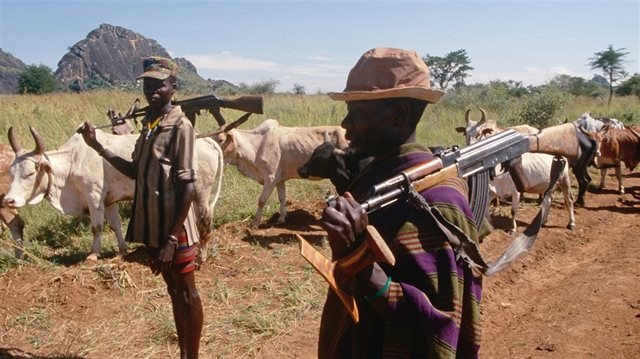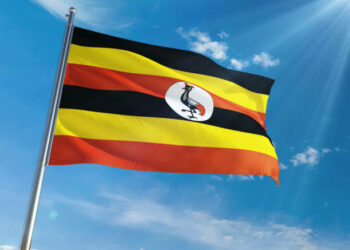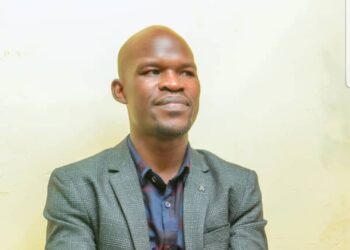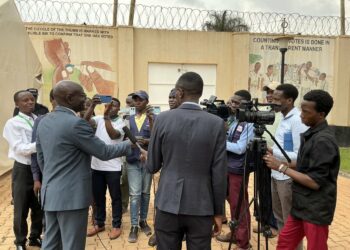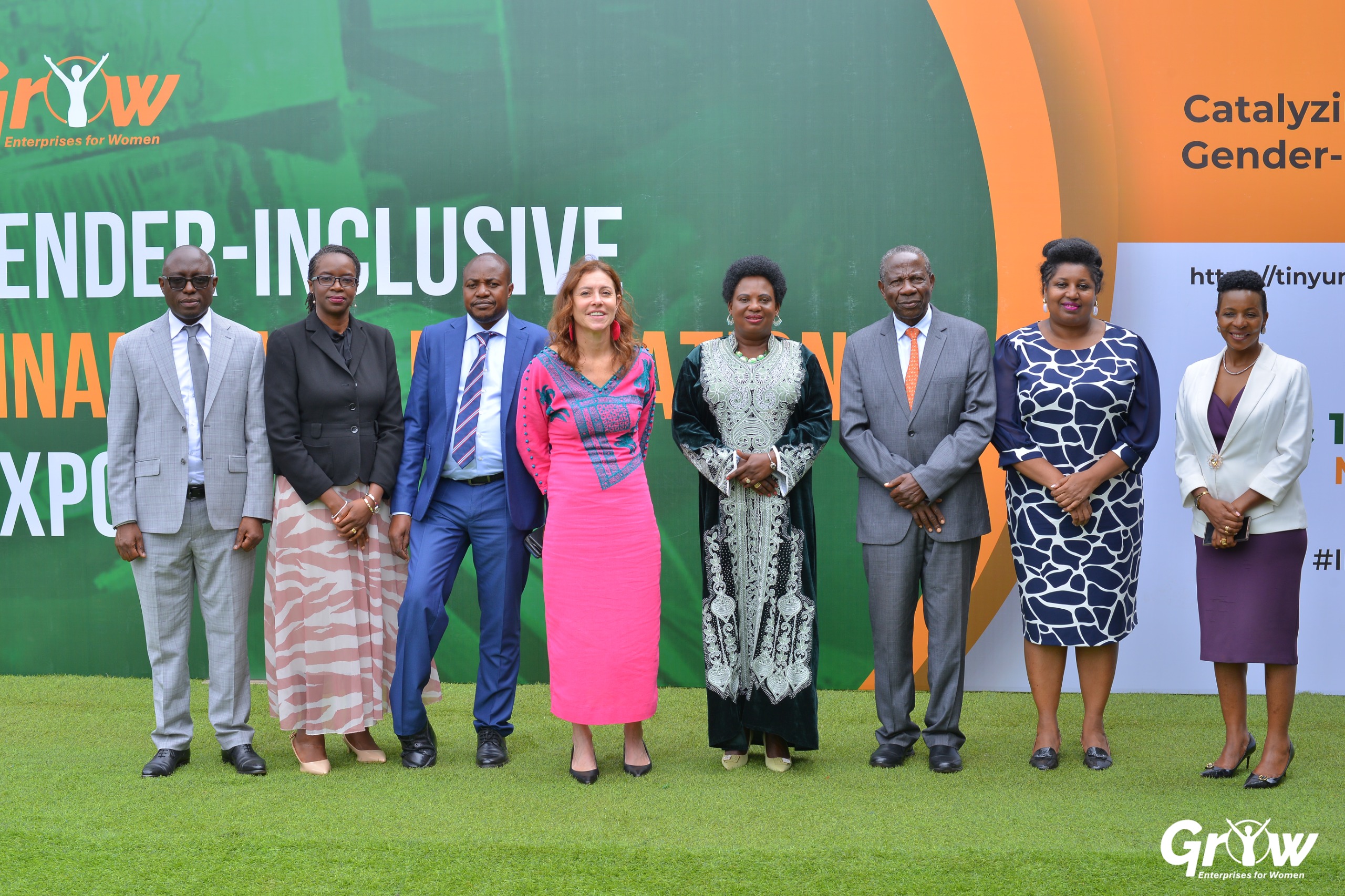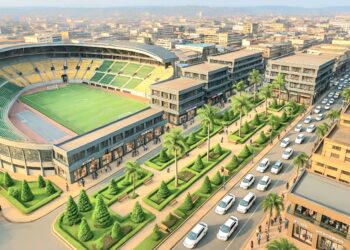As a representative of the central government posted to work in kotido district ,karamoja subregion, I have set out to understand bottlecks to peace and social economic transformation in the Karamoja region with the goal of developing and action plan to address these challenges.
As I was travelling to my duty station ,I notice that ,the region is behind the rest of the country in many aspects yet there are also opportunities for reversing these ills and make the region develop very fast. The opening of the region through the major national tarmac roads, namely; Soroti to Moroto tarmack and Mbale, to Nakapiripirit is such a great opportunity Karamoja has got from the NRM government. Its now possible to link the rest of karamoja to the rest of the world .
Another opportunity is electricity which has covered most parts of the region can be catalyst to industrial growths and urbanisation.
As “a visitor” I have been and still curious to understand what factors drive conflict and underdevelopment in kotido and how we can be relevant in transforming the lives of the people inline with the NRM and president Yoweri Kaguta Museveni vision for the country. I have met small groups of people and commutes to inform my understanding of the problem iam seeking to understand key aspects of what I have been told to be the problem. These include ;
1. The harsh climatic conditions which affect especially the poor who have no alternative livelihoods in terms of adverse climatic conditions . The region is largely semi arid with abnormally long dry season which wipes away all green cover hence cattle keepers have to move to other areas to look for pastures and water.Apparently roads and insecurity ambushes by raiders intensify during these harsh environmental conditions.
2.Negative aspects of culture for example payment of big numbers of cattle for dowry and desire to be rich at all costs.
3. The gun culture in the region and neighbourhood.Historically the karimojong defended themselves with spears and arrows but the sophistication and technological advancement has forced the guns into the region.
4. Broken ties between civic and politic leadership with the communities due to mistrust .Iam told leaders are perceived as siding with government against the local population.
5.Low technological uptake in agriculture and other enterprises. Water for production and irrigation is still low in the whole region yet the climatic condition of the region is known scientifically and Karamoja has no known cash crop either. Livelihood options are equally limited according to the locals.
6. Failure of the previous disarmament efforts. The locals also reported demotivating factors during disarmament. For example those handing in guns sometimes travel long distances to hand in guns to for example RDC office and only to go back without any token of appreciation or even small capital to start business.
The above list of challenges is not exhaustive but what is clear is that a lot of work exists for us as government. Subsequently after consultation with government and together with local leadership and citizens an action plan should be developed to address the above challenges .
As representatives of the central government we are still taking stock of the challenges or bottlenecks for the transformation of karamoja but we hope that with increased proximity with the communities and taking advantage of available government programs like Parish development model we shall be able to transform our people. When security returns to the region there is need to promote local tourism in karamoja as livelihood option for the locals .For now we want to build confidence among the population to trust the leadership so that its possible to promote uptake of government programs and at the same time carryout disarmament.
Together with security forces we are committed to securing the population from external attacks .
Gabriel Etesot
Deputy RDC Kotido District.
Do you have a story in your community or an opinion to share with us: Email us at editorial@watchdoguganda.com

